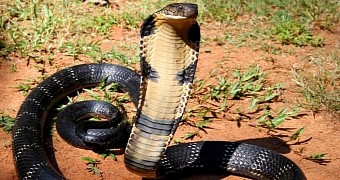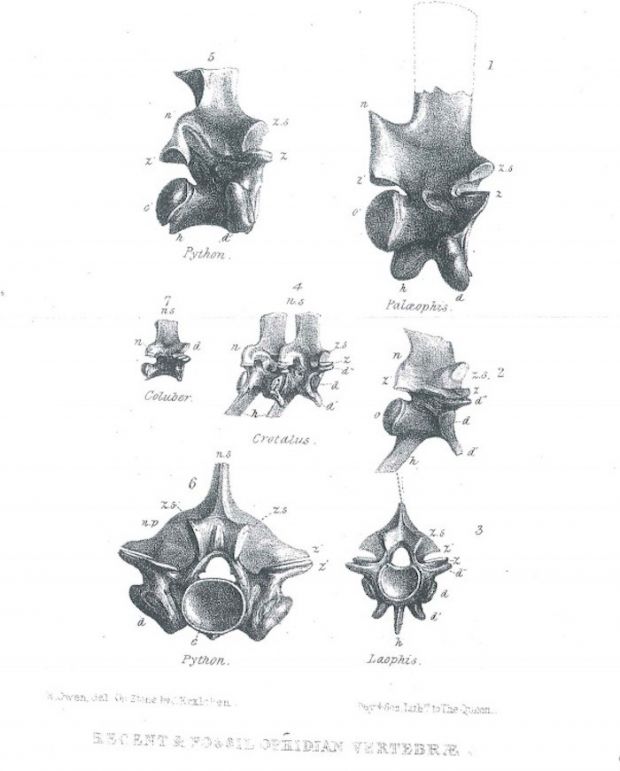Speaking at a meeting of the Society of Vertebrate Paleontology in Berlin, Germany, this past November 6, researcher Georgios Georgalis with Greece's Aristotle University announced the discovery of the biggest venomous snake ever.
The existence of this species, now known to the scientific community as Laophis crotaloides, was documented with the help of fossilized remains unearthed at an archaeological site close to the city of Thessaloniki in Greece.
Introducing the plumpest venomous snake ever
Judging by the size and the anatomy of the fossilized vertebra discovered at this site, scientists estimate that the average Laophis crotaloides measured somewhere between 10 and 13 feet (about 3 and 4 meters) in length.
Truth be told, the king cobras that now populate forests in India and Southeast Asia can grow to be a whopping 18 feet (5.5 meters) long. Why is it then that Georgios Georgalis and colleagues refer to Laophis crotaloides as the biggest snake ever?
Well, the thing is that, although not very long, these ancient reptiles had a rather Rubenesque figure. Thus, they tipped the scale at about 57 pounds (26 kilograms). By comparison, adult king cobras only weigh between 15 and 20 pounds (roughly 7 and 9 kilograms).
According to Georgios Georgalis, these freakishly big venomous snakes that inhabited the Earth 4 million years ago lived in grasslands in present-day Greece. In those days, the winters in this part of the world were pretty harsh, Live Science informs.
Hence, it really is a mystery how and why these reptiles managed to grow to such an impressive size. “We've got something that, for its latitudinal placement and the climate reconstruction, is massively out of proportion,” said specialist Benjamin Kear with Sweden's Uppsala University.
It is believed that this ancient venomous snake fed on small mammals that it shared its natural habitat with, and especially on rodents. Seeing how a skull belonging to this species is yet to be discovered, researchers cannot make any assumptions concerning its looks.
Not exactly a new find
Interestingly enough, researchers Georgios Georgalis and Benjamin Kear weren't the first to signal the existence of this species. On the contrary, it was back in 1857 that a paleontologist named Sir Richard Owen discovered the first Laophis crotaloides fossilized remains.
More precisely, he came across as many as 13 vertebrae, and having analyzed them, he described and named the species in a paper in the Quarterly Journal of The Geological Society. Shortly after this paper hit the public eye, the 13 vertebrae found by Sir Richard Owen disappeared without a trace.
Hence, folks started questioning the paleontologist's work. It was only when another vertebra was found near Thessaloniki that the scientific community had confirmation that, 4 million years ago, a massive venomous snake did in fact populate grasslands in present-day Greece.

 14 DAY TRIAL //
14 DAY TRIAL // 

